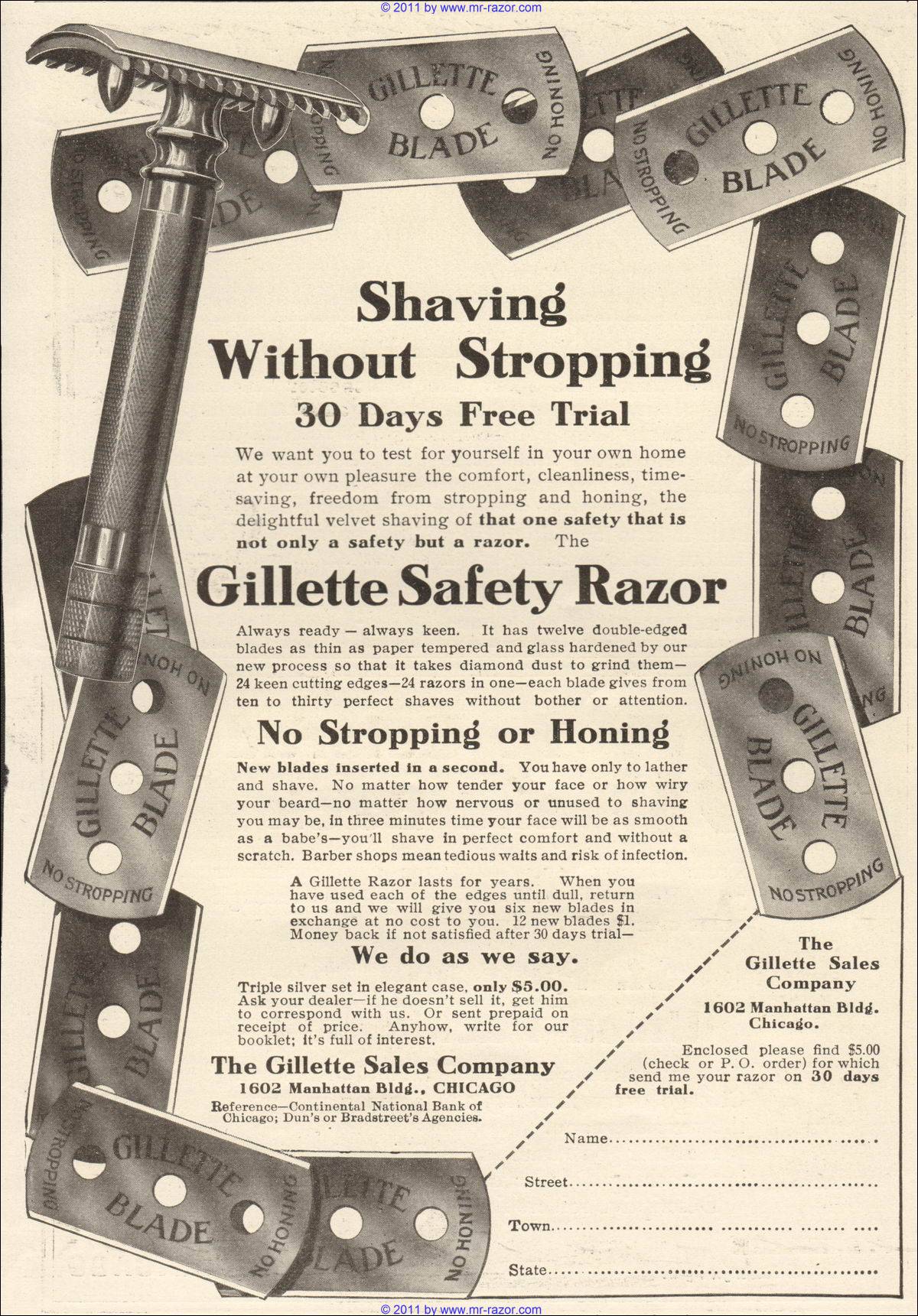Greetings,
When did double-edge safety razors first become popular in the U.S.? I read the wiki article on double-edge safety razors and it made it sound like it happened sometime after World War I, but it didn't really say when they became popular to the point that they overtook the traditional straight razors prominence. It just says: "The returning soldiers were permitted to keep that part of their equipment (their military issue double-edged safety razors) and therefore easily retained their new shaving habits." So I'm assuming by this statement sometime in the 1920's perhaps? I don't know for sure, perhaps somebody more in tune with the history part of shaving might know?
Thank you
When did double-edge safety razors first become popular in the U.S.? I read the wiki article on double-edge safety razors and it made it sound like it happened sometime after World War I, but it didn't really say when they became popular to the point that they overtook the traditional straight razors prominence. It just says: "The returning soldiers were permitted to keep that part of their equipment (their military issue double-edged safety razors) and therefore easily retained their new shaving habits." So I'm assuming by this statement sometime in the 1920's perhaps? I don't know for sure, perhaps somebody more in tune with the history part of shaving might know?
Thank you






